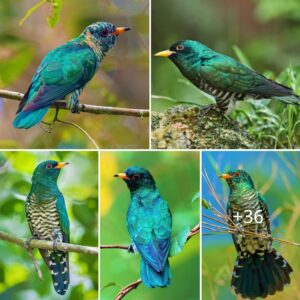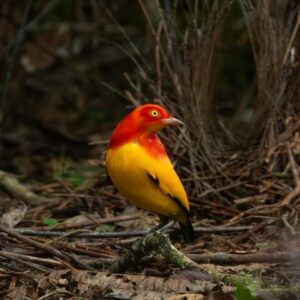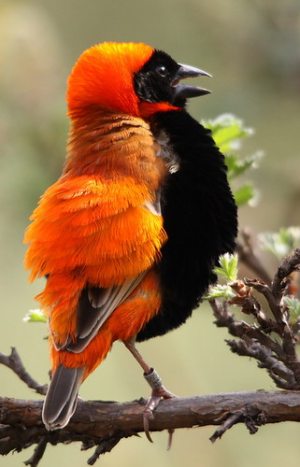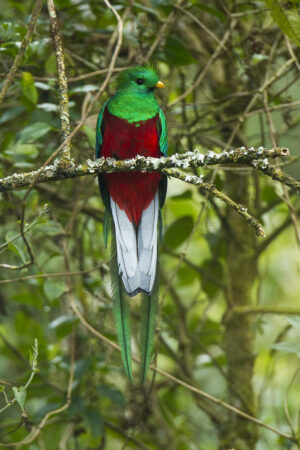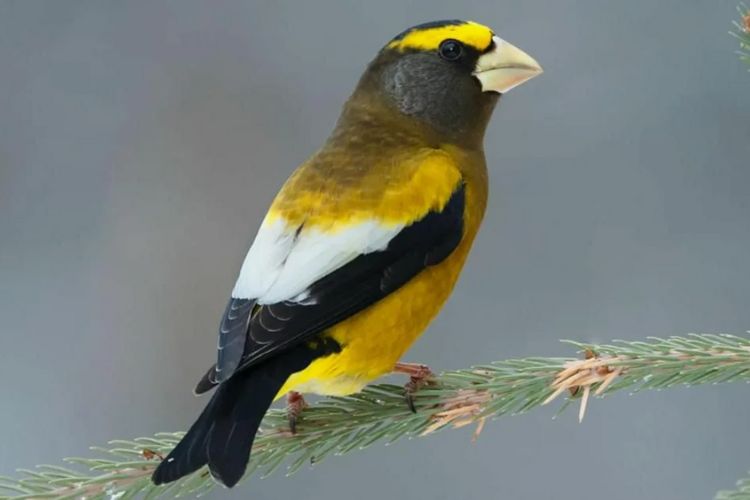
Evening Grosbeaks, formerly a favourite of bird feeders, have declined 92% in their North American range since 1970. Compared to 20 years prior, they were discovered in 86% fewer survey blocks in Wisconsin during the 2015–2019 Wisconsin Breeding Bird Atlas II.
The keynote speaker for the Bringing Birds Back conference, which is scheduled to take place in Oshkosh, Wisconsin on March 24–25, will be Michael Parr, president of American Bird Conservancy.

Parr co-wrote the 2022 State of the Birds report evaluating U.S. bird populations as well as a historic 2019 research that concluded that 3 billion birds have disappeared from North America since 1970.
He will talk about the studies’ results and global bird conservation initiatives.
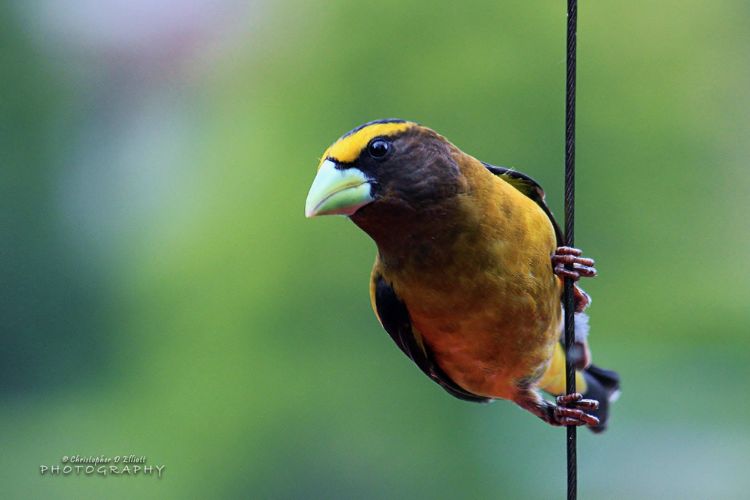
The executive director of the Wisconsin Society for Ornithology, Jennifer Lazewski, adds, “We’re excited about the amazing speakers we have for both national issues and for what we can do in Wisconsin.” Birds have diverse demands and inhabit a wide variety of environments. Even as you’re watching and learning about the birds in your neighbourhood or nearby via car, it’s crucial to keep that larger picture in mind.
The two-day conference will present the most recent findings about the dire circumstances facing birds and the efforts being made both domestically and abroad by Wisconsin’s tribal nations, municipalities, conservation organisations, and individuals to rescue them.

Over the past 50 years, grassland birds in North America have had the worst population declines, such as the Western Meadowlark. Compared to 20 years prior, the bird was discovered in 66% fewer survey sites in Wisconsin during the 2015–19 Wisconsin Breeding Bird Atlas II.
The statewide Important Bird Areas Programme, which aims to identify and prioritise important bird habitat areas, the Southern Driftless Grasslands Project, Milwaukee County’s Natural Areas, Bird City Wisconsin, and the Western Great Lakes Bird and Bat Observatory are just a few of the regional and local conservation initiatives in Wisconsin that will be highlighted in presentations on March 24.
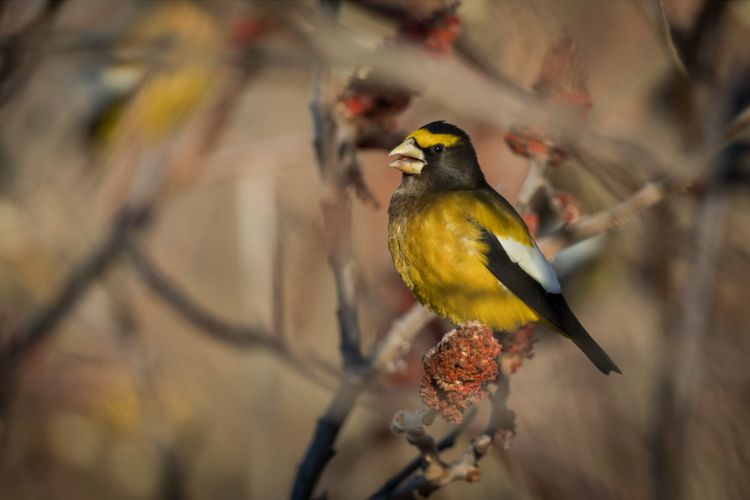
A presentation on a cooperative project to track birds’ reactions to environmental restoration of Oneida Nation properties is scheduled for March 25. Erin Giese, president of the Northeastern Wisconsin Audubon Society and acting director of the UW-Green Bay Cofrin Centre for Biodiversity, will be presenting along with Tony Kuchma, project manager for the Oneida wetlands, Language and Cultural Educator Tehahukótha (Randy) Cornelius, and both partners in the monitoring project.
The conference then turns its focus to specific steps that attendees can take at home, including workshops on how to landscape with native plants to give food and shelter to birds and pollinators, as well as ways to deal with reflected windows that may be lethal to birds.
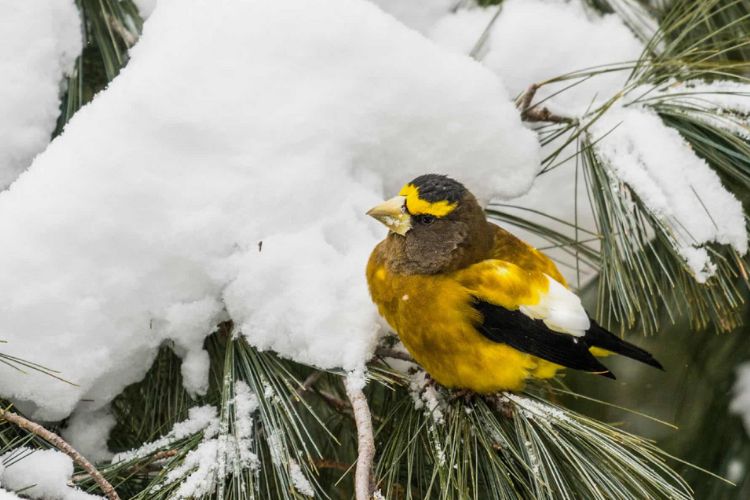
The University of Wisconsin-Oshkosh Culver Family Welcome Centre, 625 Pearl Avenue, will host the conference. Enrollment is available through March 6th. The two-day programme costs $50, which includes lunch. The complete schedule of speakers may be seen here. There is limited capacity, so register now.
Along with the Wisconsin Society for Ornithology and Bird City Wisconsin, Karen Etter Hale, chair of the Wisconsin Bird Conservation Partnership, states, “Birds are in trouble everywhere and they need our help now.” “Wherever we may live, we hope that this conference will be the unique spark that motivates each of us to take action to support birds.” We can bring back birds by working together as individuals, communities, or organisations.
thenewsday
